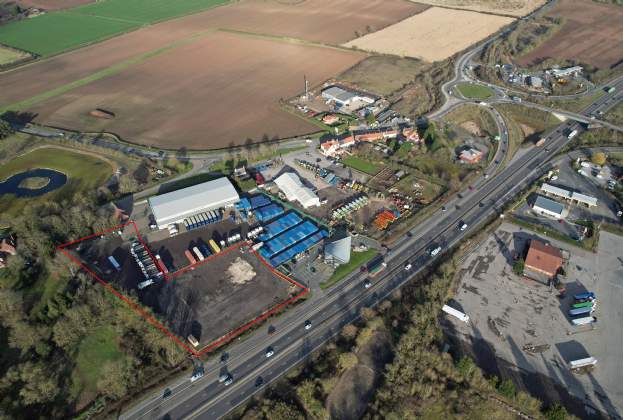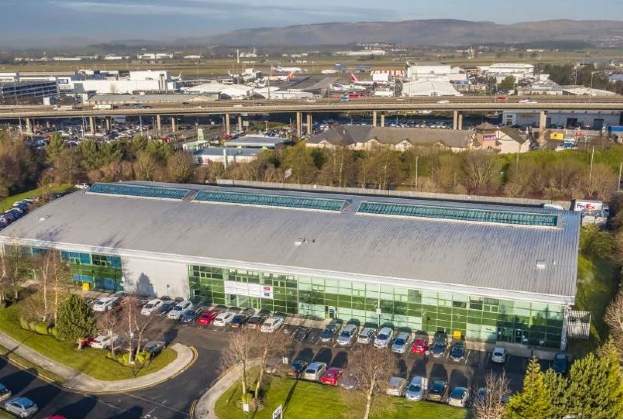Consumers expectations are rising when it comes to online retail, particularly around accuracy and speed of delivery. This poses multiple challenges for parcel delivery firms, especially in urban locations.
The high volume of online deliveries and the speed in which they are expected to arrive on our doorsteps has led to a growth in the number of vans trying to fulfil last mile distribution in cities. This is at odds with the sustainability agenda pushed by governmental legislation and public pressure, which has seen fossil fuel run vehicles come under attack. Consequently, both occupiers and developers will need to find a more sustainable solution.
Using London as an example, waterborne transport can be an efficient and cost effective way of transporting goods. Distribution via waterways has the potential to reduce congestion on the capital’s roads. In fact, this method is already used in places like Amsterdam, Venice and Paris who have taken advantage of their extensive canal networks to deliver parcels quickly and efficiently.
Amsterdam is a great example as it’s experiencing similar traffic and pollution problems, which has led to the creation of DHL’s ‘floating city hub’. The concept is simple, load a boat with goods from the depot and it travels up and down the canals of Amsterdam, where electric vehicles and bikes meet it at key hubs to undertake last mile delivery.
A report from the Freight Transport Association (FTA) also highlights how Paris is making use of the River Seine in a similar way. Franprix, a supermarket chain, has utilised the Seine to make part of the delivery to its city centre stores since 2012. Containers are put onto barges and transported from a depot located on a tributary of the Seine towards the centre of Paris where they are loaded onto HGV’s for the ‘last mile’ of the journey. This has taken around 2,600 lorries off the road each year.
In the UK, companies have hinted at launching similar initiatives as part of a ‘green agenda’. A report from the FTA in 2016 stated barges on the Thames are capable of carrying up to 1,000 tonnes while an HGV can only carry 20 and a van just seven. In 2013 over 2.8 million tonnes of freight were transported on the Thames which helped keep over 120,000 lorry movements off London’s roads that year.
Granted, effective utilisation of the Thames is not here yet. However, in the long term, if cargo is transported in a similar fashion to the Seine this could result in increased demand for warehouse space further downstream from central London and out east along the river. This would be centered around schemes with existing infrastructure in place, such as wharfage access or sites with the ability to build a quay wall.
The creation of the Ultra-Low Emission Zone (ULEZ) may also quicken the shift towards waterway delivery. Operating 24 hours a day, 7 days a week, except Christmas, most vehicles will need to meet the emissions standards, or pay hefty charges to drive within the zone.
Essentially, the waterways in London and other key cities could provide an ideal solution to reducing pollution and congestion across urban areas, and with a severe lack of warehouse stock and available sites with access to waterfronts it is now up to developers to take the plunge.
Further information
Read more: Spotlight: Big Shed Briefing
.jpg)


.jpg)
.jpg)

.jpg)

.jpg)

.jpg)